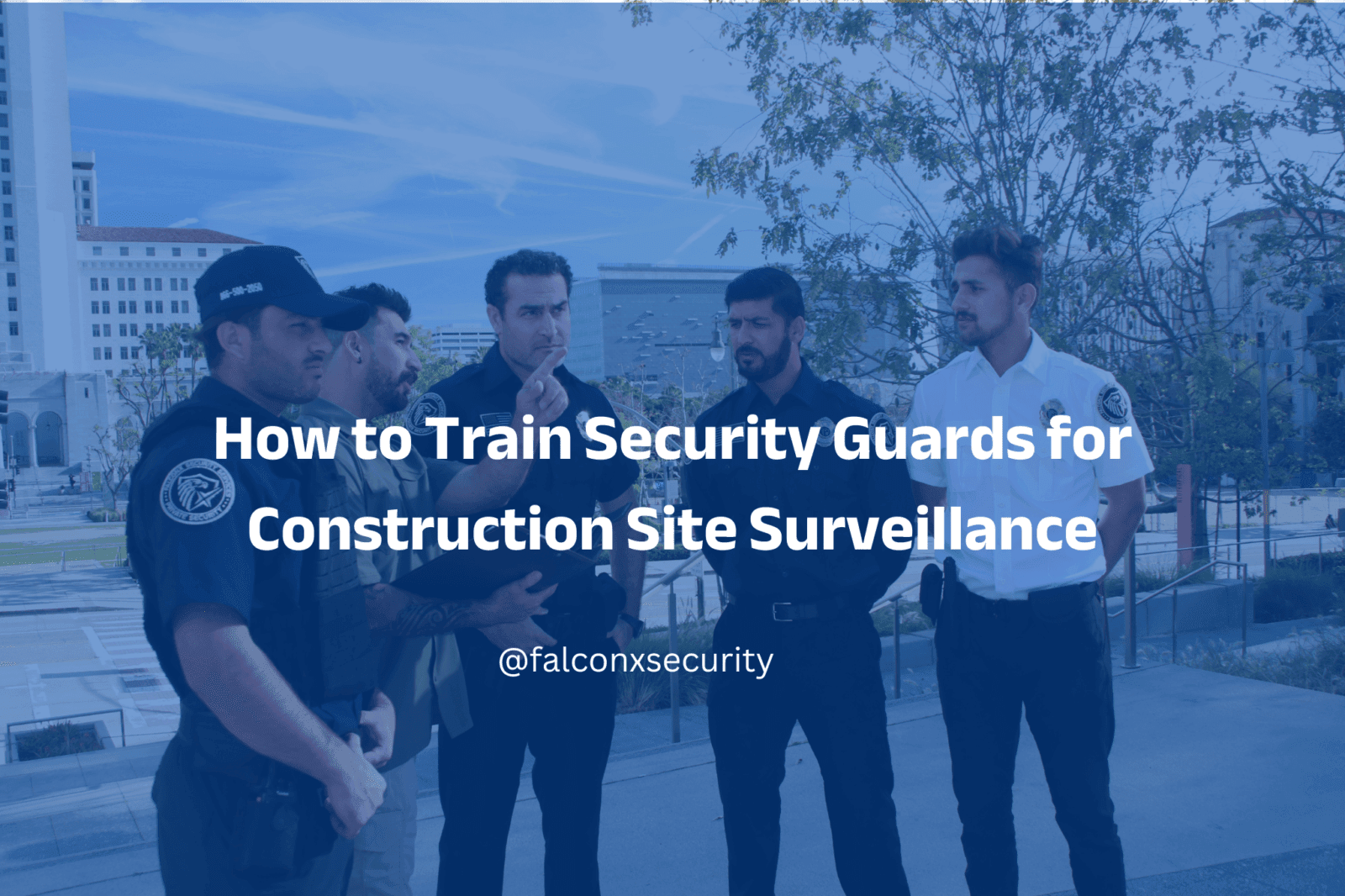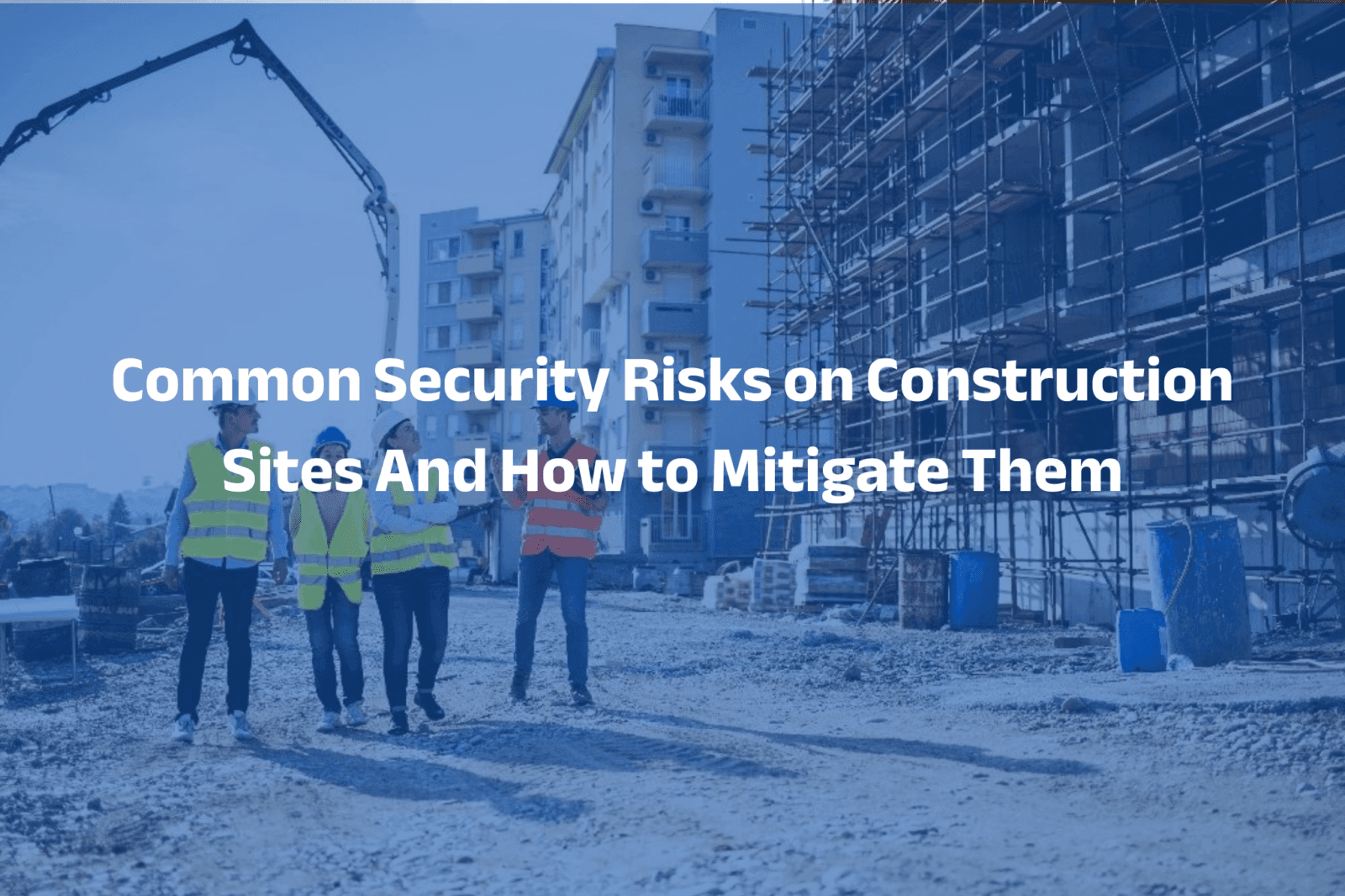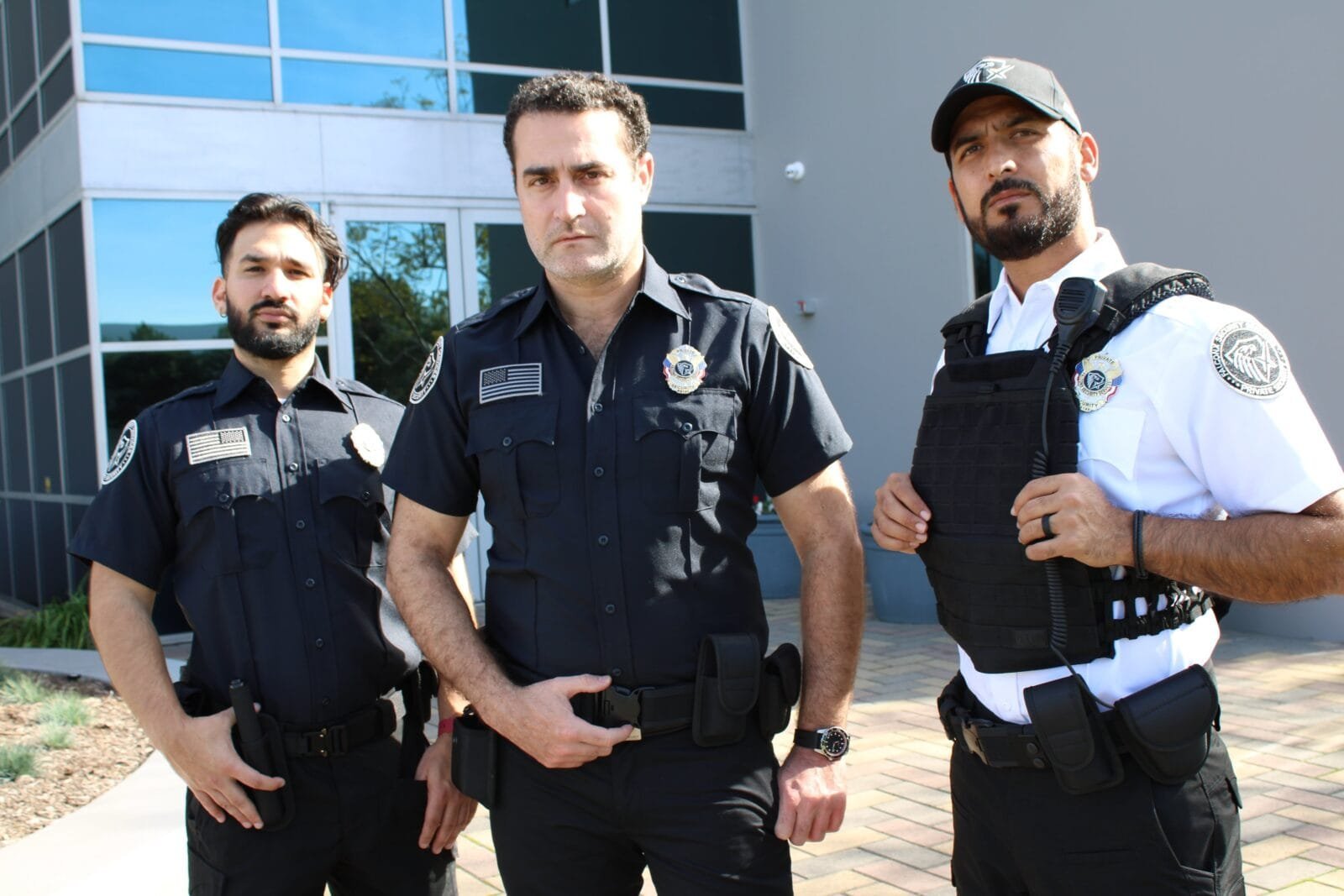Airport security is very important. It keeps travelers safe and ensures smooth operations. Here are the top 10 tips for enhancing airport security.
1. Use Advanced Technology
Advanced technology can improve airport security. Items like body scanners and facial recognition help identify threats quickly.
- Body scanners detect hidden objects.
- Facial recognition matches faces to IDs.
2. Train Security Personnel
Well-trained security personnel are crucial. They must know how to handle threats and keep calm under pressure.
- Regular training sessions.
- Simulated emergency drills.
3. Implement Strict Access Control
Restricting access to certain areas can enhance security. Only authorized personnel should enter sensitive zones.
- Use ID badges.
- Install secure locks.
4. Conduct Regular Inspections
Regular inspections help identify and fix security gaps. This includes checking equipment and reviewing security protocols.
- Daily equipment checks.
- Monthly protocol reviews.
5. Enhance Surveillance Systems
Surveillance systems like CCTV cameras are essential. They monitor activities and can deter potential threats.
- Install cameras in key areas.
- Regularly monitor footage.
6. Improve Passenger Screening
Effective passenger screening is vital. It ensures that no dangerous items enter the secure areas.
- Use metal detectors.
- Check carry-on luggage thoroughly.
7. Foster International Cooperation
International cooperation enhances airport security. Sharing information about threats can prevent incidents.
- Collaborate with global security agencies.
- Share best practices.
8. Encourage Public Awareness
Public awareness is important for airport security. Educate travelers on what they can do to help.
- Use signs and announcements.
- Provide information on the airport website.
9. Implement Cybersecurity Measures
Cybersecurity is crucial in today’s digital age. Protecting data ensures that sensitive information remains secure.
- Use strong passwords.
- Install antivirus software.
10. Develop Emergency Response Plans
Having a solid emergency response plan can save lives. It ensures that everyone knows what to do in a crisis.
- Conduct regular drills.
- Ensure clear communication channels.
Frequently Asked Questions
What Are The Best Airport Security Tips?
Arrive early, stay alert, keep documents ready, and follow TSA guidelines.
How Can I Speed Up Security Checks?
Use TSA PreCheck, pack smartly, and wear easy-to-remove shoes.
Why Should I Avoid Packing Liquids?
Liquids can delay screening and may exceed allowed limits.
Are Electronics Allowed In Carry-on Bags?
Yes, but remove laptops and larger devices for screening.
Conclusion
Enhancing airport security is a continuous process. By following these tips, we can make airports safer for everyone. Always stay vigilant and prioritize safety.









